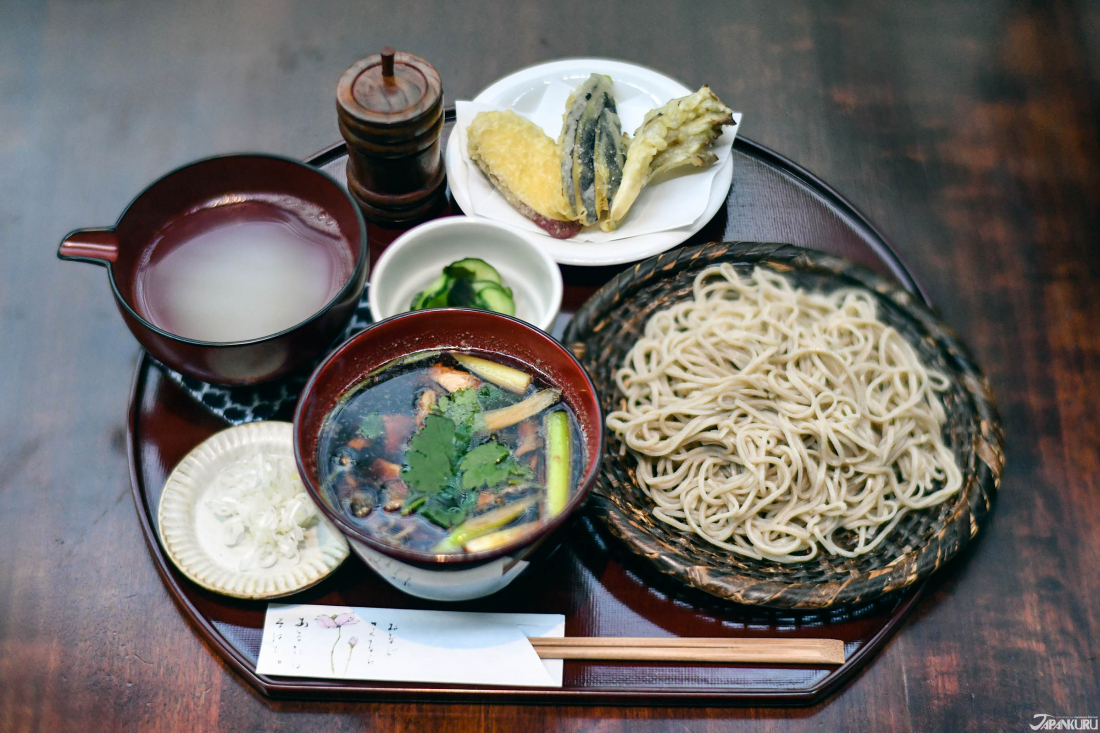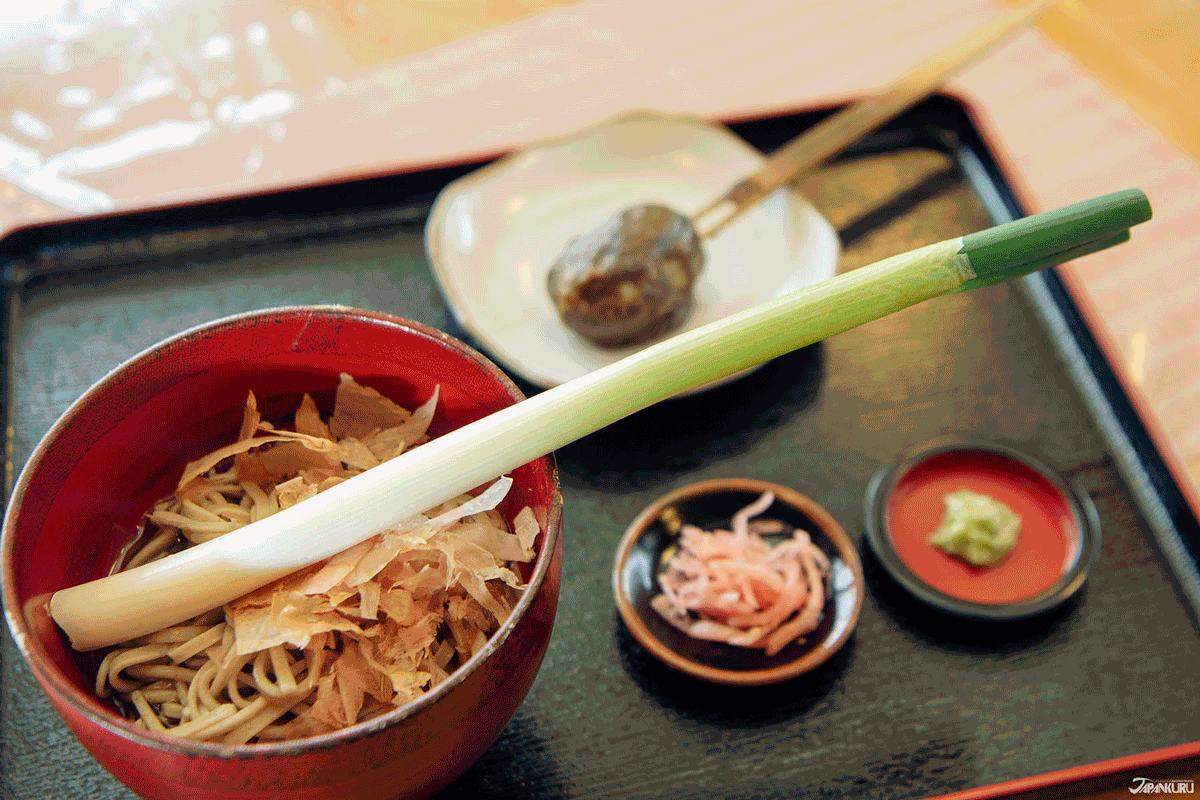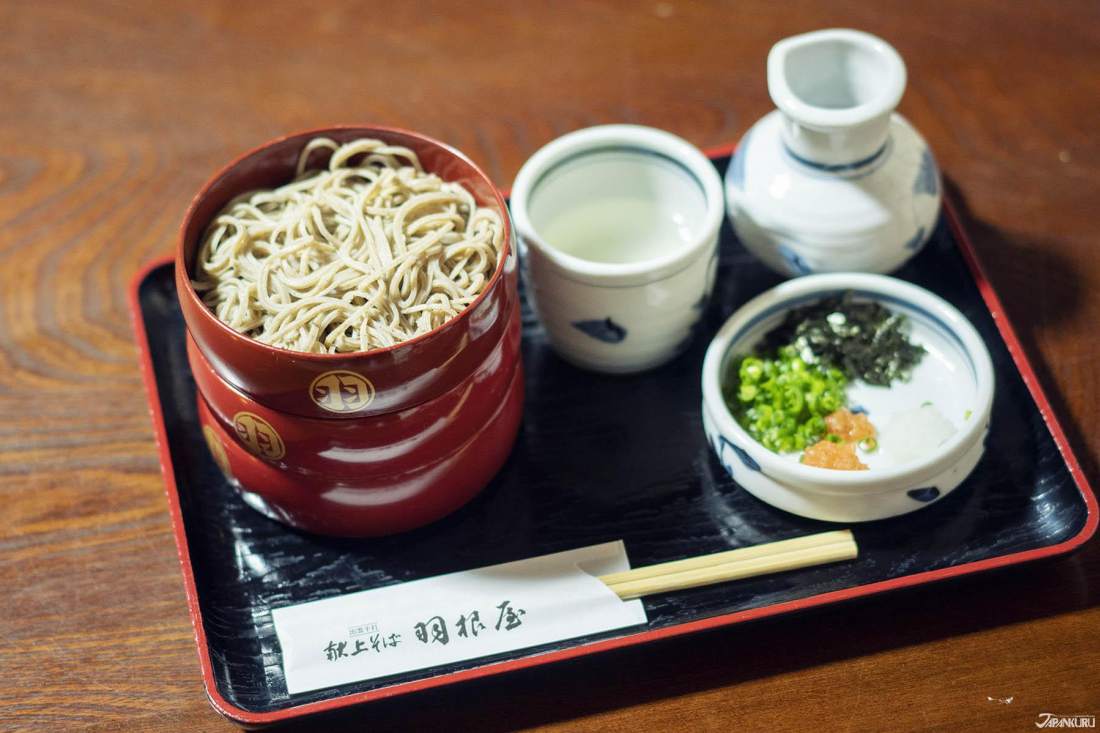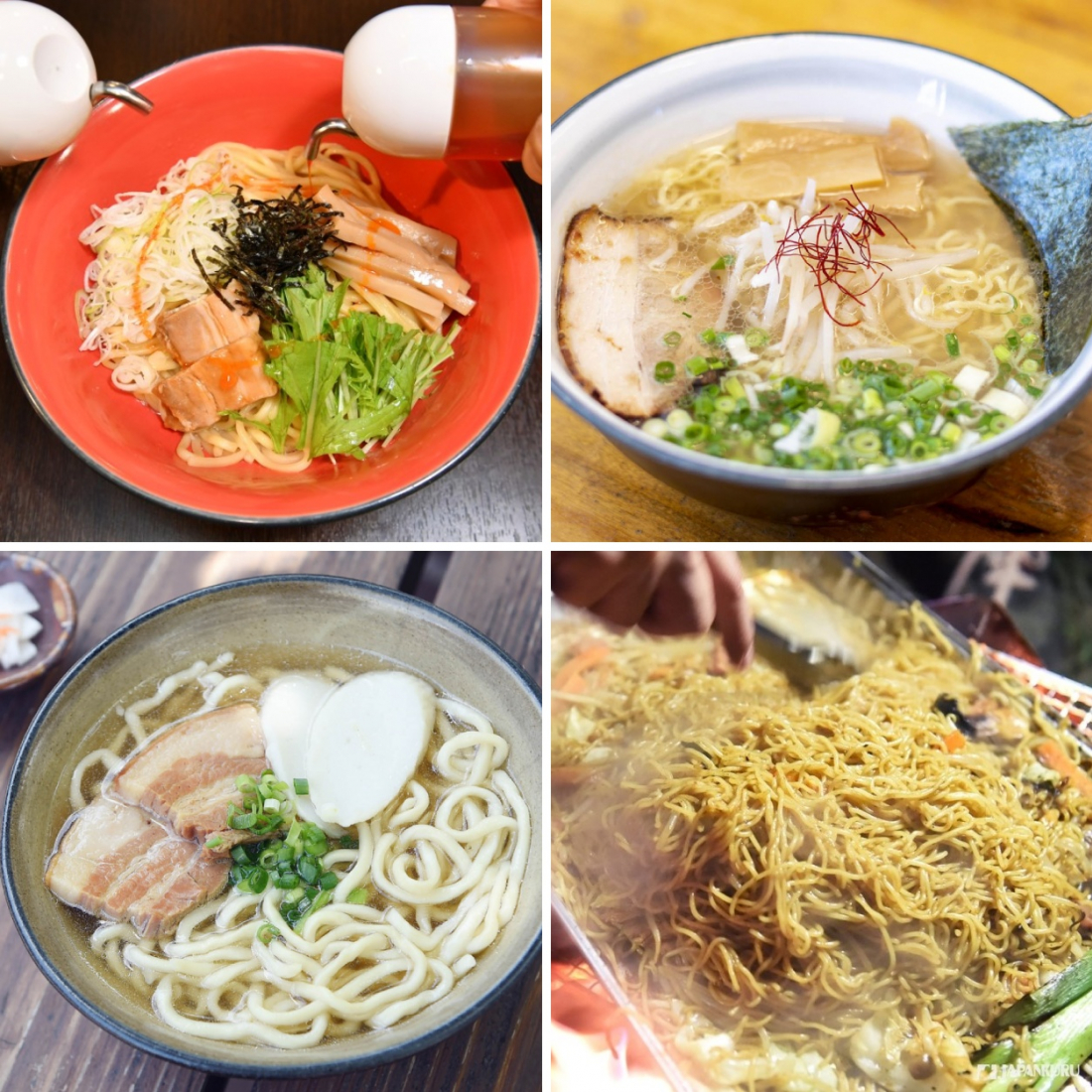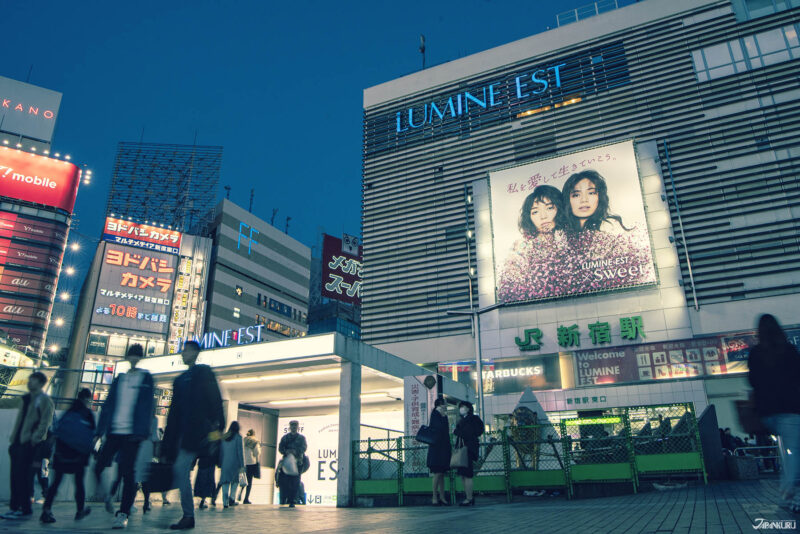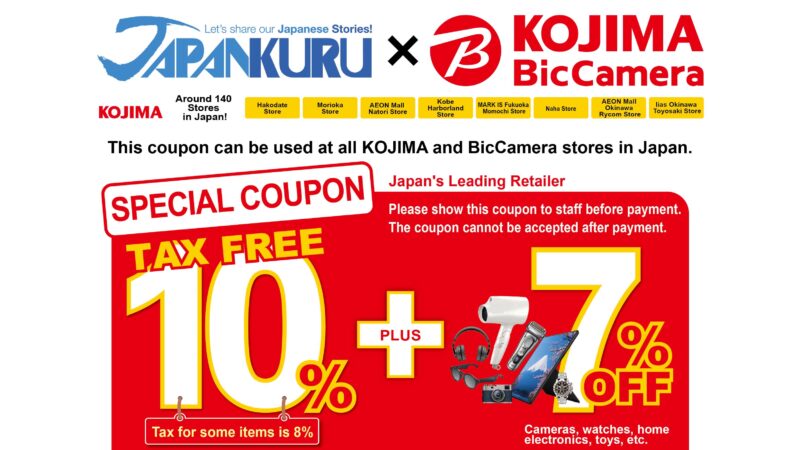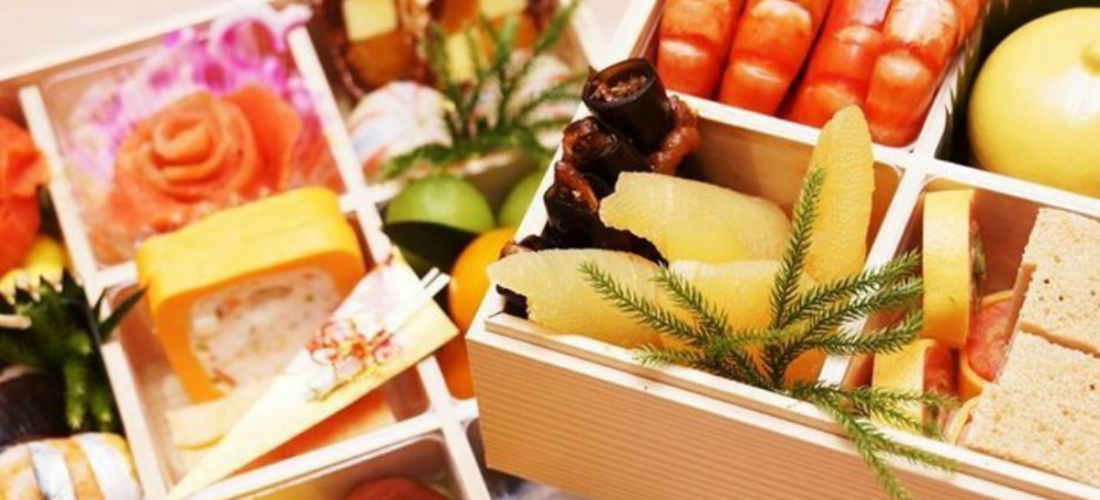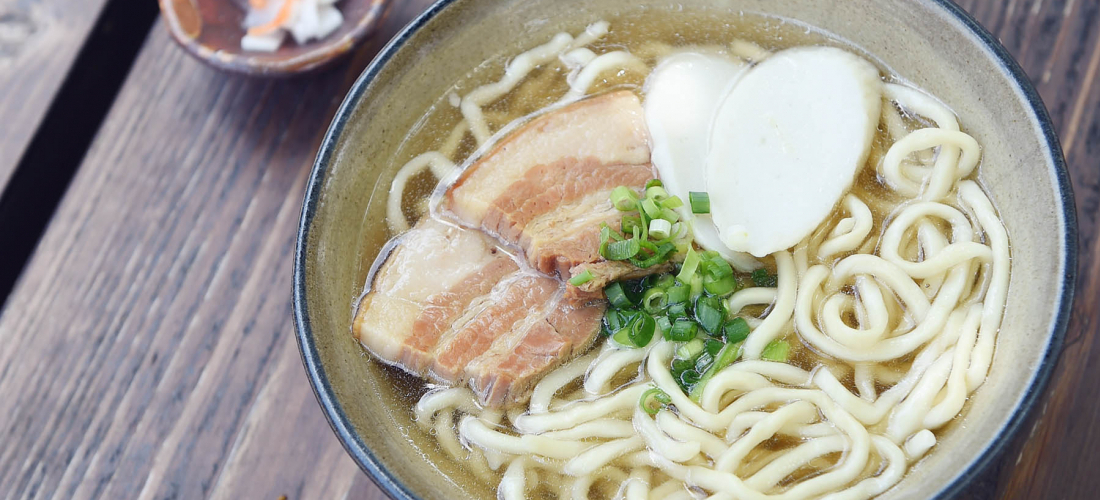CONTENTS
Japanese buckwheat soba noodles have long been a staple throughout the country, giving the dish plenty of time to evolve in plenty of delicious ways.
In Japanese, the word "soba" (蕎麦) means buckwheat, and the history of Japan's soba noodles goes back hundreds of years. The buckwheat noodles became popular in Japan during the Edo period (1603-1868), when samurai ruled the land, and soba helped make the Japanese diet more nutritionally complete for those wealthier citizens who preferred fancy white rice. Nowadays, while many travelers can picture the stretches of Japanese countryside that are covered in rice paddies, there are actually quite a few areas around the country that specialize in soba agriculture as well. These buckwheat fields spread as far as the eye can see, and burst into tiny white blooms at the end of summer.
Of course, while the traditional nature of soba noodles that many places serve similar bowls and platters of soba with simple broths and dipping sauces, the dish has also had plenty of time to expand and change. Read on for just a handful of the best ways to enjoy soba noodles in Japan!
① Toshikoshi Soba
Start the New Year right by ending the old one with soba noodles!
In Japan, soba noodles are often the last dish eaten before the New Year, a tradition dating back to the Edo period when the noodles were just becoming standard fare all around the country. The symbolism of this "toshikoshi soba" (年越しそば, literally "year-crossing" soba) has everything to do with how soba is made. Soba noodles aren't stretched, they're rolled out and cut, and the extremely low elasticity of the dough means that each noodle is cut away with a satisfying slice. Eating soba before midnight on New Year's Eve is said to help give you a nice clean break, cutting away the ties that held you to the previous year and any bad luck that might have tagged along with it, letting you start fresh in the New Year!
When it comes to the preparation of toshikoshi soba, there's no specific recipe, so people usually gravitate towards the basics: soba noodles in a simple dashi or soy sauce broth, or chilled on a "zaru" tray with dipping sauce, and served with common toppings like tempura shrimp and vegetables.
② Negi Soba
On the opposite side of the soba spectrum, things can get a little wacky. Soba noodles are a part of the local food culture in Fukushima's Aizu region thanks to vast fields of buckwheat that flourish throughout the southern part of the area, but in the little traditional village of Ouchijuku, the soba is extra special. Ouchijuku is the home of "negi-soba" (ネギ蕎麦), which might seem like a regular old bowl of soba in broth… until you see the utensil used to eat it, that is – because "negi" literally means "green onion." In Ouchijuku, it's tradition to eat soba noodles with a big spring onion in place of the more practical choice of chopsticks. A little bit of skill and some concentration are both necessary to get through the whole bowl of soba this way, but the green onion adds extra flavor, and you can even chomp down on it for some added intensity!
③ Oni Soba
Generally, when it comes to the noodles themselves, differences tend to be minor, and usually come down to slight changes in width or the addition of normal wheat flour in the dough (buckwheat content can range between about 70~100%). In the rural countryside of Kyoto, however, the uniquely thick and hearty noodles called oni soba (鬼そば) have long been a part of local Kumohara cuisine. Local legend says they were served to the local feudal lords as they made their way from nearby Tamba to the capital of Edo, and Onisobaya, the restaurant where the dish is said to have originated, has been advertising their oni soba since the Japanese Ansei period (mid-19th-century). The lords ate their soba with loach tempura, but these days one of the specialties at Onisobaya is oni soba with wild game meat, including surprisingly tender and delicate slices of venison, and meatballs made with wild boar. Between the solid bite and rustic feel of the thick noodles, and the flavorful wild game, oni soba offers a very different kind of soba experience.
Fans of traditional Japanese culture (or recent anime like Demon Slayer) might recognize the word "oni" and find themselves wondering why these noodles are, indeed, named "demon" soba. The truth is that it comes from a very old misunderstanding! Back in the day, the noodles were described using the word "kowai" (強い), which can mean stiff, tough, and inflexible – a logical way to talk about these particularly thick and chewy soba noodles. But that word is used less often these days, probably because "kowai" (written 怖い instead) can also mean "scary." Long ago, diners misunderstood when they heard about the "kowai" noodles, and assumed they were "scary noodles." For the Japanese citizenry of old, what could be scarier than a demon coming out of the woods? Thus, "oni soba" was born.
④ Soba Served with Style (Hegi Soba, Ita Soba, Warigo Soba)
Sometimes the fun of soba is all in how you eat it, and this is where there is truly a world of variety. Soba can be served in a bowl of hot soup, or a little bamboo tray with a cup of dipping sauce, or sometimes local traditions have taken over and provide a whole new way of eating the noodles. Like in some regions of Japan, where they prefer to skip the personal trays with individually portioned noodles, and go family-style instead! Travelers passing through Tendo, Yamagata, a city in Japan's northern Tohoku region, can order "ita soba" for a truly impressive soba spread. "Ita" (板) means board, and all the soba for the whole table is served together on a large rectangular tray, where everyone can grab mouthfuls of particularly firm Tendo-style noodles to dip in their own sauce dishes and gobble down. Hegi soba (へぎそば) offers a similar experience, and although the tradition of these soba noodles originates from nearby Niigata Prefecture, hegi soba has found broader popularity as well, and the Japankuru team ended up trying the dish farther south in Gunma Prefecture! The noodles for hegi soba are traditionally made with a dough that incorporates seaweed into each noodle, and in the end the soba is served in large quantities on a big, square tray. For big groups and big eaters, these are the soba noodles for you.
For those who would rather have a whole bunch of little servings, warigo soba (割子そば) is the way to go. This soba is served in a "warigo," a kind of traditional stacking lunchbox, and each diner receives their soba in their very own stack of dishes, one on top of another, along with a pitcher of sauce and a selection of condiments. After the flavor of the top tier of soba is perfected, and promptly devoured, the remaining sauce is poured right into the next dish, and so on and so forth until all the soba is eaten! Warigo soba is a local dish in Izumo, Shimane, around one of Japan's most famous shrines. When the Japankuru team visited, we headed to Haneya, which has been cooking up handmade soba noodles since the end of the Edo period, and was later praised by Emperor Taisho as "reflecting the aroma of the countryside."
For diners who really want to go through a lot of plates, however, there might be an even better option. Warigo soba is often served in stacks of three or five, which is already a lot, but up in Iwate Prefecture, "wanko soba" (わんこそば) is served in little bowls containing only about a mouthful of soba each. People sometimes go through dozens!
⑤ “Soba” That’s Not Really Soba (Yakisoba, Abura Soba, Chuka Soba, Okinawa Soba)
The word soba literally means buckwheat, but over the years since the Edo period, the association with soba noodles became so strong that the word just about developed a second definition. Years later, when Chinese noodles made their way over to Japan, the populace took one look at them and said "ah yes, soba," despite the noodles containing no buckwheat at all. Thus, a whole new kind of soba began to find its place in Japan.
These days, there are a number of noodle dishes in Japan that are made with regular old wheat noodles, and still referred to as soba. Ramen is one of them, and an alternate term for the dish (sometimes found on ramen shop menus) is chuka soba (中華そば), literally "Chinese soba." Ramen might seem quintessentially Japanese to an outsider, but it's actually often considered Chinese food in Japan! Similarly, the dish abura soba (油そば) is made with the same noodles, but these ones are served without soup, lightly tossed in a flavor-packed sauce that probably gives the name of the noodles its meaning: "oil soba." Yakisoba (焼きそば) is in the same boat – the name means fried soba, and these too are made with Chinese-style wheat noodles, but they're fried up on a griddle with cabbage, pork, and a sweet sauce before serving.
Chinese noodles aren't alone in earning the inaccurate title of "soba," however. Head down south, all the way to Japan's very own chain of beachy sun-soaked islands, and you'll find "Okinawa soba" (沖縄そば). These noodles look more like traditional Japanese udon noodles than the thin brown noodles made with buckwheat, but the dish tastes a little different from both, with its own unique Okinawa flavor profile. The noodles are served in a clear soup made with a pork and bonito broth, and toppings often include pork cuts of all kinds: belly, trotters, and even snouts! If you're not a fan of buckwheat, these soba noodles might be more up your alley.
Soba All Day Every Day
From traditional buckwheat to plain old wheat, tiny bowls to giant trays, delicate broths to rich sauces, and noodles thick and thin, the world of soba is a wide one. Start with toshikoshi soba on New Year's Eve, and enjoy it throughout the year as you travel to the north, west to Japan's ancient capital, and all the way to the islands far in the south – for the noodle lover on a mission, there's no end in sight!
For more info and updates from Japan, check Japankuru for new articles, and don't forget to follow us on Twitter, Instagram, and Facebook!
Details
NAME:Soba Noodles
PROFILE
Follow us @Japankuru on Facebook, Instagram, and Twitter!
COMMENT
FEATURED MEDIA
VIEW MORE
・The new Tokyo flagship for Volcom Japan is a center for all things skateboarding, street fashion, art, and culture, all in the heart of Shibuya! ・Volcom日本旗艦店東京澀谷登場 本格派滑板街頭潮流藝文新據點 #Volcom #japankuru #shibuya #日本購物 #日本潮流 #日本街頭時尚 #澀谷 #東京購物 #東京購物推薦 #東京潮店 #澀谷潮店 #滑板 #雪板 #衝浪 #볼컴 #시부야

Which snacks make the best Japanese souvenirs?~ Jaga Pirika ~ 일본과자 선물 뭐하지?~자가피리카 편~ #pr #calbee #jagapokkuru #japanesesnacks #japanesefood #japanesesouvenir #japantravel #japantrip #naritaairport #hokkaido #나리타국제공항 #일본여행선물 #흔하지않은기념품 #일본쇼핑리스트 #일본과자추천 #고구마과자 #일본간식추천 #일본면세점쇼핑 #개별포장 #일본감자칩 #도쿄나리타공항면세점 #현지인추천 #일본여행 #일본기념품리스트 #자가포쿠루 #자가피리카

Asakusa's Sanja Matsuri, one of the biggest festivals in all of Tokyo, is almost here! Make sure you check out the festival route so you don't miss all the festivities this May. #asakusa #sanjafestival #sanjamatsuri #asakusashrine #sensoji #sensojitemple #japanesefestival #shintoshrine #japaneseculture #tokyo #tokyotrip #tokyotravel #asakusasightseeing #matsuri #japantrip #japantravel #springinjapan #tokyotravel #japankuru #산자마츠리 #아사쿠사 #일본마츠리 #일본여행 #일본5월

Odaiba's DiverCity Tokyo Plaza is home to the famous real-size 20m-tall Unicorn Gundam, and the popular shopping center has even more Gundam on the inside! Check out the Gundam Base Tokyo on the 7th floor for shelves upon shelves of Gunpla, and the Gundam Base Tokyo Annex on the 2nd floor for cool anime merchandise. Both shops have tons of limited-edition items! #pr #odaiba #tokyo #tokyotrip #japantrip #japantravel #PR #divercity #divercitytokyoplaza #tokyoshopping #gundam #unicorngundam #gundambasetokyo #anime #otaku #gunpla #japankuru #오다이바 #다이바시티도쿄 #오다이바건담 #건담 #일본건담 #건프라 #건담베이스도쿄

Evangelion, in miniature!? Tokyo's SMALL WORLDS Miniature Museum is actually a must-see for anime lovers, thanks to the tiny Evangelion Hangar and Tokyo-III... plus a whole universe of other scenes both real and fictional. #smallworlds #smallworldstokyo #tokyotrip #tokyotravel #evangelion #eva #anime #miniature #miniatures #animefigure #japantrip #japantravel #에반게리온 #스몰월드 #에반겔리온 #スモールワールズ #오다이바 #아리아케

Have you sat down for a snack at Sumida Aquarium yet? This aquarium next to Tokyo Skytree is known for its penguins and garden eels, but we can't get enough of their cute snacks! There are lots of good seats around the aquarium, too, so it almost feels like one big cafe. 🐧 • Find out more at Japankuru.com! (Link in bio.) • #japankuru #sumidaaquarium #skytree #tokyoskytree #solamachi #sumida #tokyo #tokyotrip #tokyotravel #aquarium #japanesesweets #themecafe #すみだ水族館 #Japan #日本 #일본 #Japon #ญี่ปุ่น #Japão #япония #japantravel #日本旅行 #日本旅遊 #japan_of_insta #japantrip #traveljapan #japan🇯🇵 #igerstokyo #explorejapan

For anime fans, the Evangelion areas at Small Worlds Miniature Museum are a must see! The tiny miniature people in the Evangelion Hangar look like ants beneath the moving Unit-01, Unit-00, and Unit-02! And over in Tokyo-III, characters like Shinji, Rei, and Katsuragi live life on a miniature scale. #odaiba #tokyo #tokyotrip #japantrip #japantravel #ariake #smallworlds #miniaturemuseum #smallworldstokyo #tokyotravel #evangelion #eva #anime #miniature #miniatures #animefigure #japankuru #스몰월드 #에반게리온 #오다이바 #오다이바관광 #오다이바스몰월드 #미니어쳐



